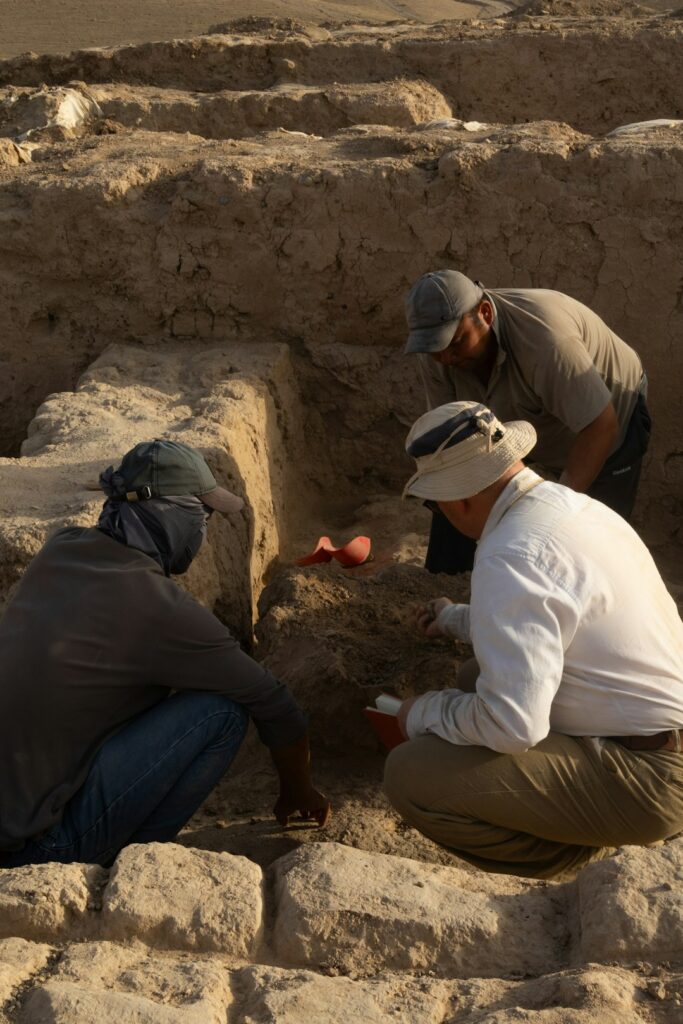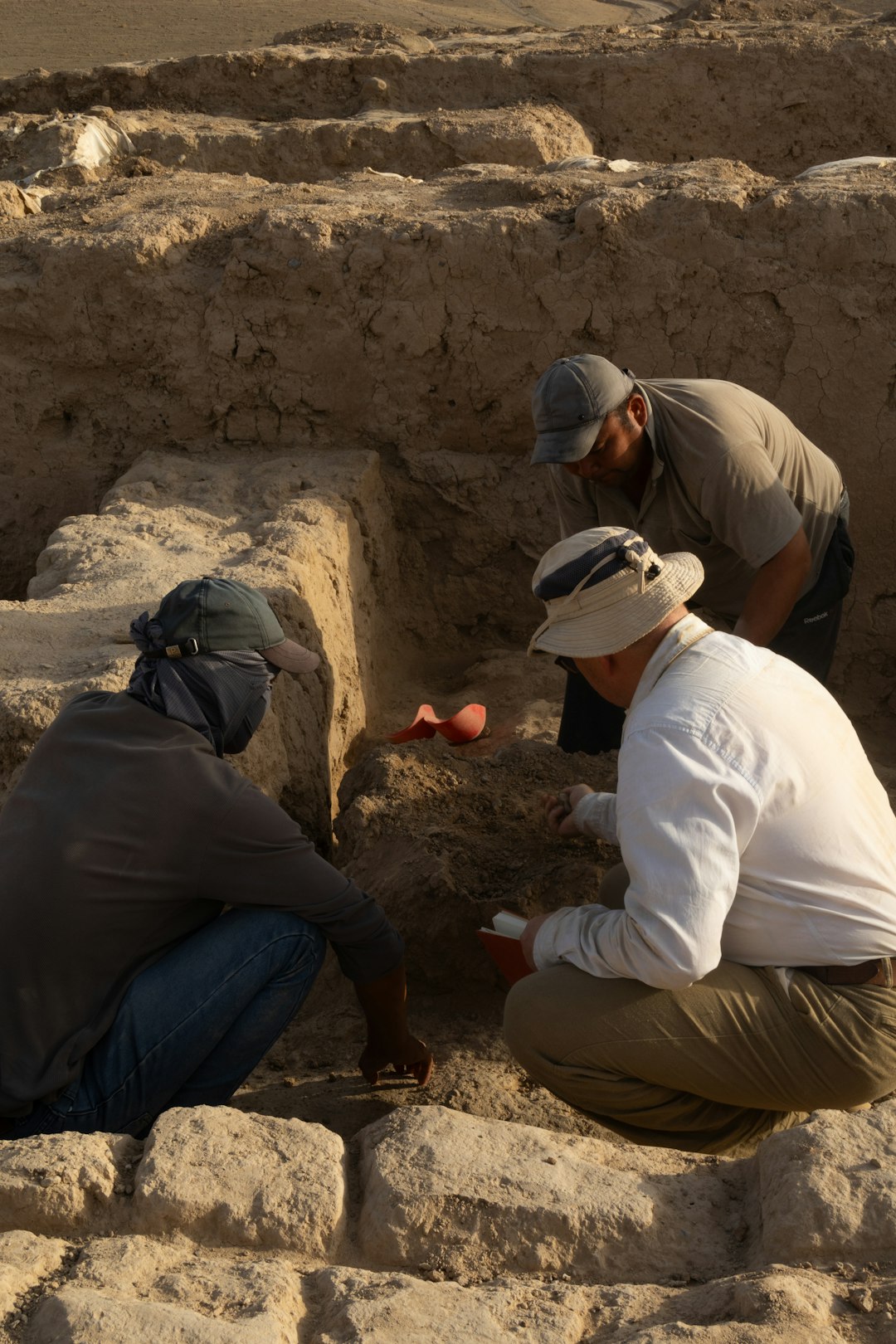Culture historical archaeology is a significant branch of archaeological study that focuses on understanding past societies through the lens of their material culture. By examining artefacts, architecture and settlement patterns, this approach seeks to reconstruct the cultural identity and historical development of human communities. It provides essential insights into how societies evolved over time, often interpreting these changes in terms of migrations, cultural diffusion and contact between different groups.
Emerging in the early 20th century, culture historical archaeology was initially shaped by attempts to categorise archaeological findings into distinct cultures based on similarities in material remains. This method helped scholars create chronological frameworks and trace the spread of cultural traits across regions. While modern archaeological theory has expanded to include more interpretative approaches, culture historical methods still play a vital role in heritage assessments and site analyses.
In contemporary practice, culture historical archaeology is frequently employed in heritage consulting. Professionals use this approach to assess the cultural significance of sites and determine their historical context within broader patterns of human settlement. Such work often involves compiling detailed site histories, examining artefact typologies, and evaluating the influence of cultural interactions over time. These assessments are crucial for planning and development projects where heritage preservation is a key concern. For example, many heritage consultants specialise in culture historical archaeology to ensure that development complies with both legal requirements and cultural sensitivities.
This approach is particularly effective when used in conjunction with other archaeological methods, such as environmental and landscape archaeology. By integrating multiple lines of evidence, researchers can develop a more comprehensive picture of past human behaviour. Cultural sequences identified through material analysis are then linked to historical records and oral traditions, enriching the narrative of human history.
Many archaeological projects today rely on regional expertise and local knowledge to guide their investigations. This is especially important in areas with a rich and layered cultural past, where understanding the sequence of occupation and cultural transitions can inform both academic research and community engagement. Reliable access to local resources and knowledge, such as those provided through specialist heritage services, enhances the quality and relevance of archaeological interpretations.
While the discipline has evolved, culture historical archaeology remains a foundational approach for understanding how cultural identities are formed and transformed. It continues to offer valuable perspectives on the diversity of human experiences across time and space. As archaeological techniques become more refined, the integration of traditional methodologies with modern technologies ensures that this field remains both dynamic and relevant.





